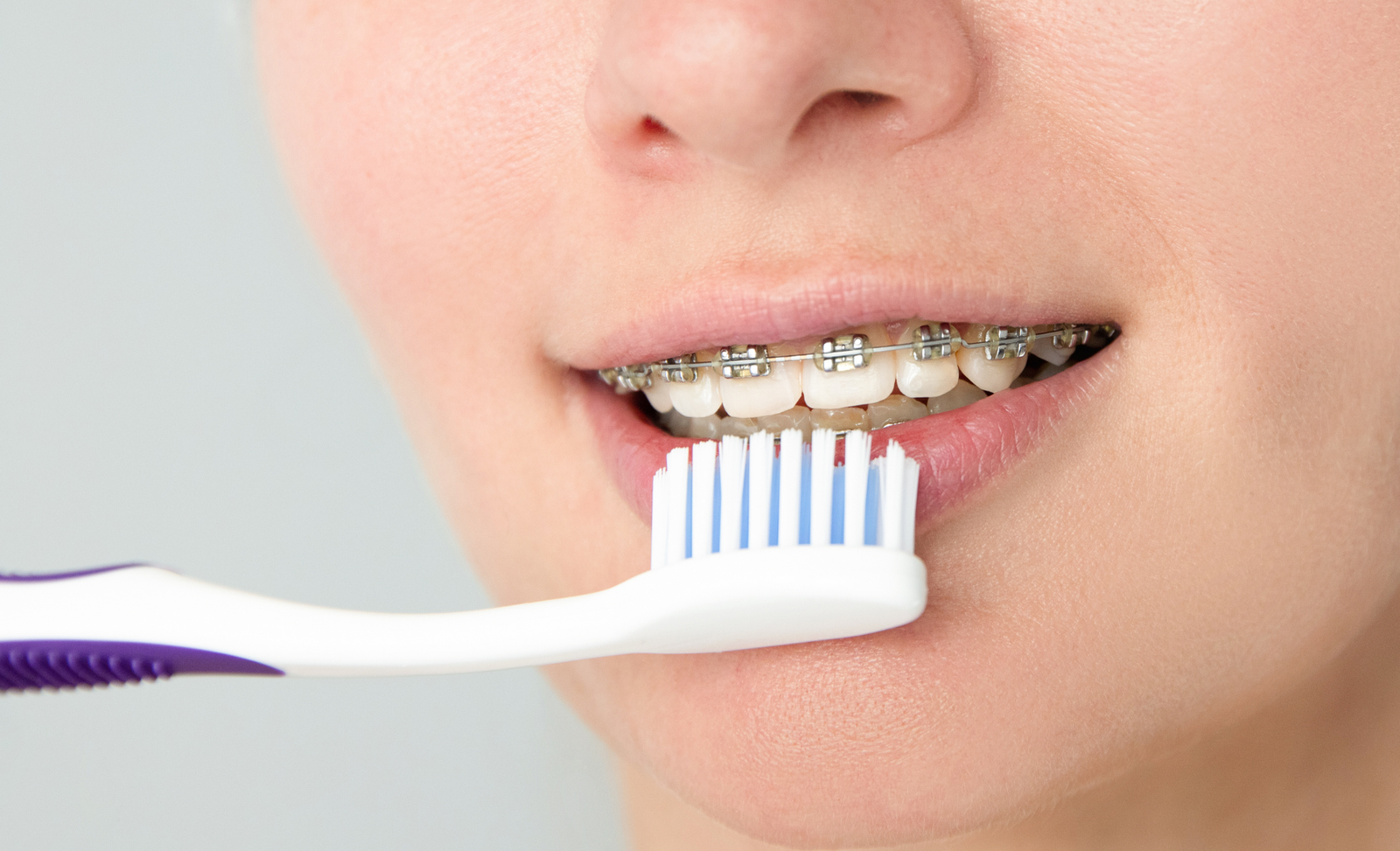Orthodontic Treatment For All Age Groups
A. Orthodontics for young children:
We advise an early phase of treatment, which may precede braces to take advantage of a child’s growing jaws. Early treatment moves jaw bones and chewing muscles into position, setting the stage for the most stable bite correction possible. This early orthopaedic (or” bone”) phase of treatment may last a year or more.
1) A palatal expander: gently widens a small upper jaw to make room for crowded teeth.
2) A habit corrector”: helps stop thumb-sucking tongue–thrusting (a swallowing habit), or mouth breathing.
3) A functional appliance: guides growing jaws into position and teaches chewing muscles to “ bite right”
4) Braces: move a child’s permanent teeth into position.
5) Headgear: helps realign jaws or move teeth into line
6) A retainer: helps realign and stabilize teeth in their new position.
B. Orthodontics for teenagers:
The most common age group for orthodontics is teenagers, who have most of their permanent teeth and more mature jaws. Today’s braces are less noticeable than ever and won’t interfere with the active lifestyles that teenagers enjoy. Treatment may last one to three years and include a combination of appliances like,
1) Braces: either tiny bonded brackets or full bands, gently move teeth into position.
2) Headgear: helps realign jaws or moves teeth into line.
3) A retainer: holds teeth in their corrected position until they are stabilized.
4) A functional appliance or palatal expander: may be used on teenagers whose jaws are still growing.
5) Extractions: (removing teeth) make room for crowded teeth and may be needed for any phase of treatment.
C. Orthodontics for adults:
More and more adults are seeking orthodontic treatment, eager for a more attractive face and smile healthier gums, and freedom from jaw joint pain. Today’s appliances include less visible braces, so orthodontics can fit into any adult lifestyle. With fully mature adult jaws, treatment may take longer than for teenagers.
1) Braces: options include bonded brackets and full bands “invisible” lingual braces (which fit inside of teeth), clear or tooth-colored braces, and removable braces.
2) Invisalign: Invisalign treatment is an alternative to metal braces for kids, teens, and adults
3) A Splint: can help treat TMJ syndrome (sore jaw joints).
4) Headgear: moves protruding teeth into position.
5) A retainer: helps stabilize teeth in their new position.
6) Surgery: may be recommended for severe bite problems to achieve a stable bite and more dramatic cosmetic result.





